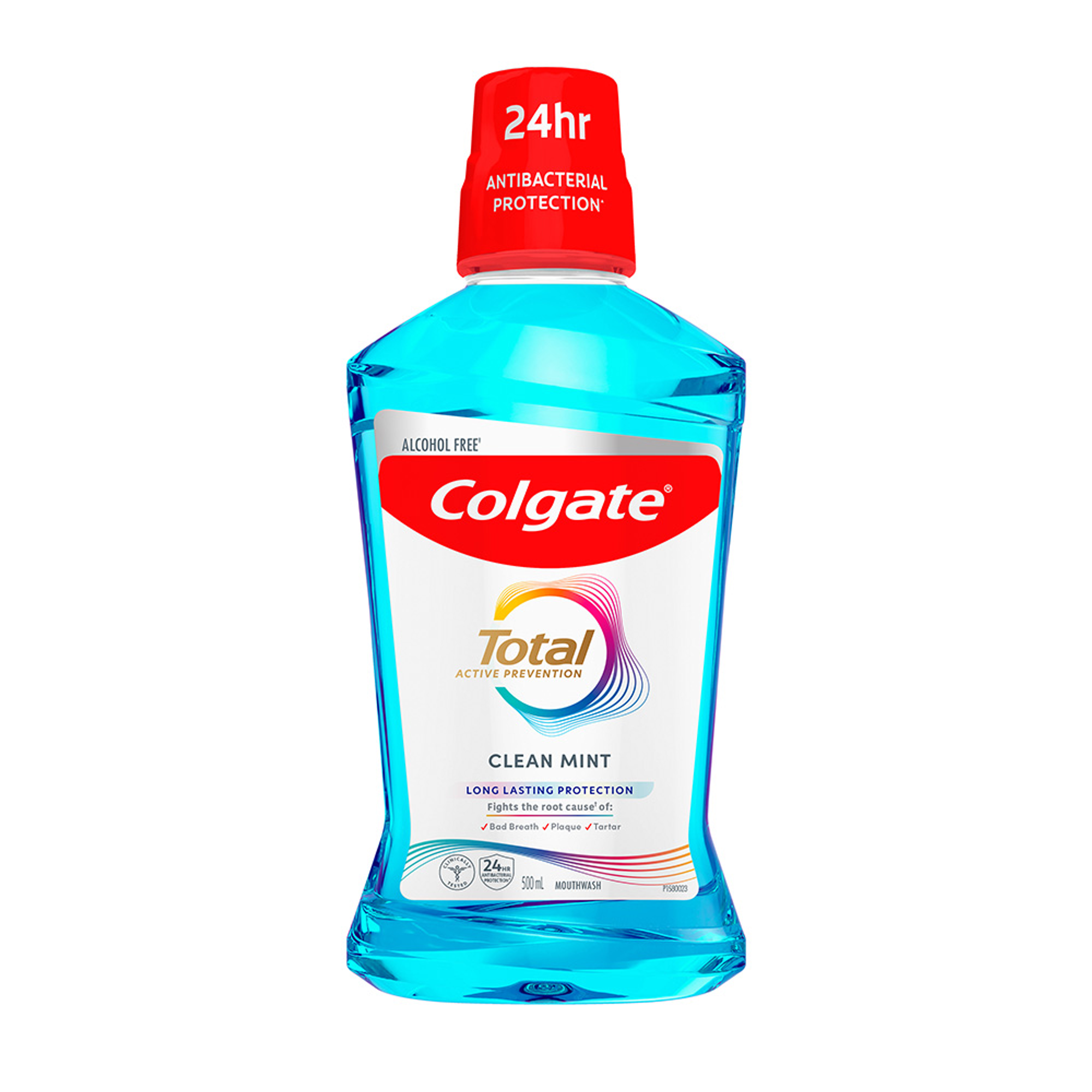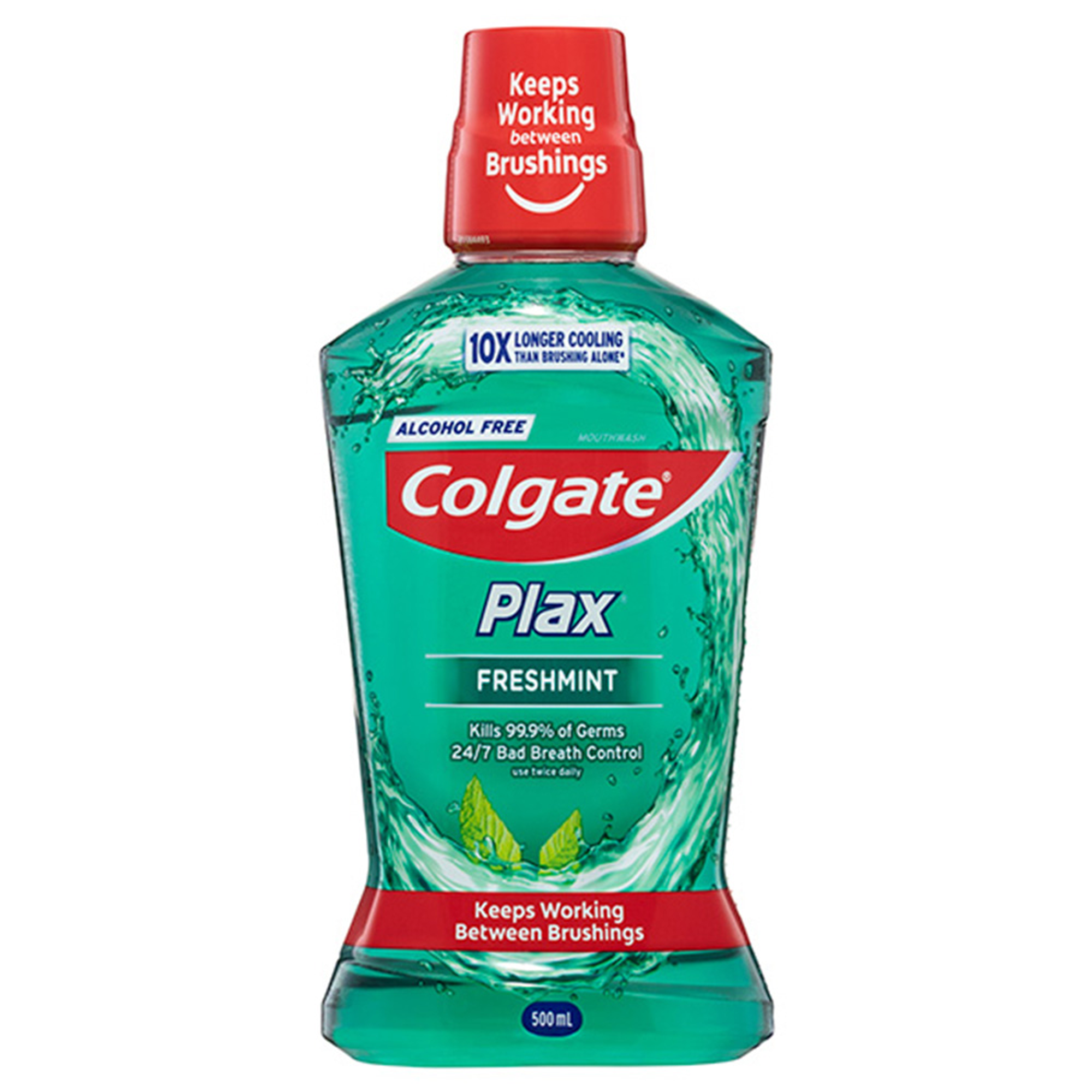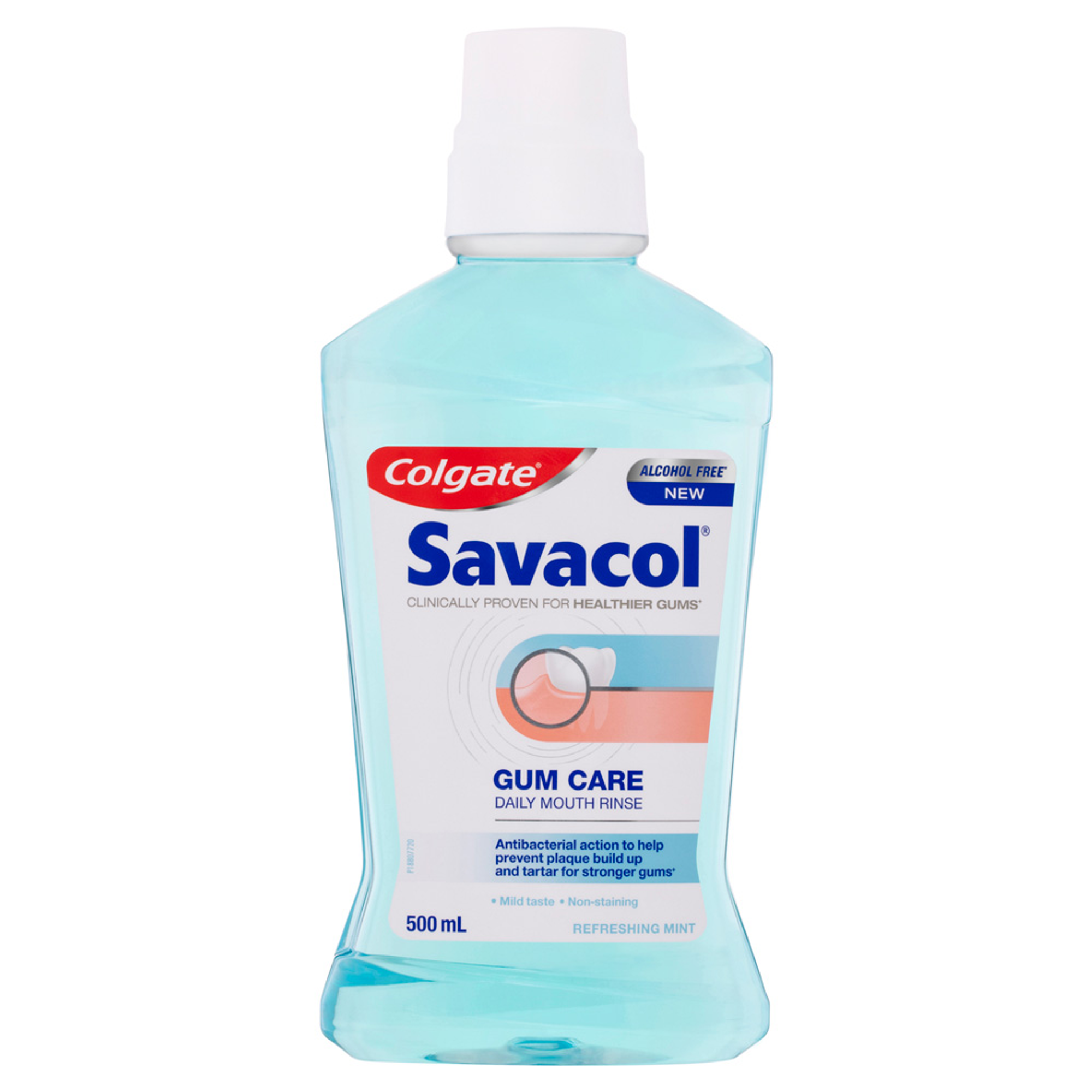
Managing dental anxiety in dental patients - strategies and techniques
As dental professionals one of the most common demographics of patients we manage and treat are those with dental anxiety. Dental anxiety refers to an emotional or physical state of elevated fear of dental procedures, occurring before an encounter with an object or procedure. In many cases, dental anxiety can stem from a variety of sources including previous traumatic dental experiences either as a child or adult, needle phobia or a significant aversion/sensitivity to pain. Within this group of patients, a subset suffer from poor oral health, only visiting the dentist when there is a severe toothache; reinforcing every dental appointment being a painful visit.
As early career dental professionals it can be quite challenging managing their anxiety to allow you to safely and effectively provide the necessary dental treatment and care they require. Since graduating dental school, I’ve treated and managed a number of dentally anxious patients and over time have learnt the following tools and strategies to ensure you not only effectively manage their anxiety, but ensure you aren’t feeling stressed out over these cases.
1. The first appointment - the primary aim for this appointment is to establish rapport and trust in these patients. A lack of trust presenting as fear is likely the main reason for their dental anxiety. Unless they are in significant pain, I try to spend the first appointment just doing a consult to hear about what their previous dental experiences have been like and what their goals through dental treatment are. Once this is established, I reinforce to them that my aim is to try and promote comfortable experiences as much as possible, to begin replacing their previous bad experiences with positive ones; hopefully empowering them to come back for more regular dental care and treatment. One thing these patients fear the most is a lack of control or helplessness which can make them feel overwhelmed. I always preface to my patients that they are always in control of the appointment and if at any point they need me to stop, they simply communicate by putting their right hand up and I will stop in a safe manner. Also reassure the patients that if at any point of the procedure they feel uncomfortable or overwhelmed to let you know and communicate so you can try to make the appointment as comfortable as possible.
2. Like with paediatric patients, it’s important to let these anxious patients know when you are doing the next thing from lying the chair back to checking their teeth. When it comes to delivering LA, It’s important they know when you are going to provide it and reasonably manage their expectations of what they may feel during and after. Many patients do not like to see the needle so it’s important to communicate to these patients your intention is to not surprise them with anything but for their own safety and comfort, you will not be allowing them to see the needle.
3. Guided meditation or dental hypnosis -a great non-pharmacological behaviour management tool, dental hypnosis aims to get the patient to an altered state of consciousness. In this state, the patient is more relaxed and more receptive to suggestions. Importantly, the responses during this state are elicited by the patient’s own will, not the practitioner's. In many cases dentists already practice some form of hypnosis through using the right language, intonation and words to provide positive reinforcement and a relaxed state in our patients; something we commonly refer to as “chairside manner”. One exercise I do with patients is to get them focussed on their breathing, taking deep slow breaths in and out to bring down their heart rate and induce a state of relaxation and calm. Using a calm, slow, almost hypnotic rhythm and tone, I get the patient to visualise a place they normally feel relaxed in, giving prompts to what they can see, hear and feel. As they breathe deeper in and out, guide them to slowly relax their shoulders and back deeper into the chair.
4. Stress balls can be an effective tool for patients to hold and squeeze as a coping mechanism. Training your nurse to ask if the patient would find holding a hand during administering of LA or an extraction can also be a great support.
5. Despite all these things, there are some patients who still require pharmacological agents to help them reduce their anxiety and induce a state of anxiolysis. These include RA (nitrous oxide), or oral anxiolytics. In more severely anxious patients, IV sedation or a GA may be required.
6. Book extra time for these appointments so you don’t need to rush and have time to coach your patients through the appointment. This makes sure you can be stress free and focus on serving the patient to your highest level.
One of the most fulfilling and satisfying ways we can add value to a patient’s life is to help them feel comfortable in our dental chair either for the very first time, or the first time in a long time. Being able to manage these patients in a predictable and strategic way can ensure that we as dentists also don’t feel overwhelmed by the patient’s emotions. By intentionally creating a calm, supportive environment, our patients can enter a state of relaxation that then allows us to carry out dental procedures stress free, allowing us to provide the best outcomes for their dental health.
Role of Hypnosis in Dental Treatment: A Narrative Review ( 2021) https:https://www.ncbi.nlm.nih.gov/pmc/articles/PMC8118047/
Management of fear and anxiety in the dental clinic: a review ( 2013) https://pubmed.ncbi.nlm.nih.gov/24320894/
Dr Kaejenn Tchia is a recent graduate working in a corporate private practice in Darwin, Northern Territory. He is the current Treasurer of the Australian Dental Association NT Branch Inc. In 2020, he was an inaugural member of the Bupa Dental Corporation Clinical Advisory Panel, helping guide strategic direction and providing input towards clinician development within the network of practices. He is passionate about helping and collaborating with fellow dental colleagues, recently embarking on a new journey to help recent graduates eliminate burnout through a 6-step B.E.L.I.E.F System through his motivational coaching platform, The Limitless Dentist. Kaejenn is a member of the Colgate Advocates for Oral Health Editorial Community and hopes to use this platform to raise awareness of the importance of mental health in dentistry and provide mindset tools, which can help his colleagues unlock their next level of growth and success.
Join us
Get resources, products and helpful information to give your patients a healthier future.
Join us
Get resources, products and helpful information to give your patients a healthier future.











